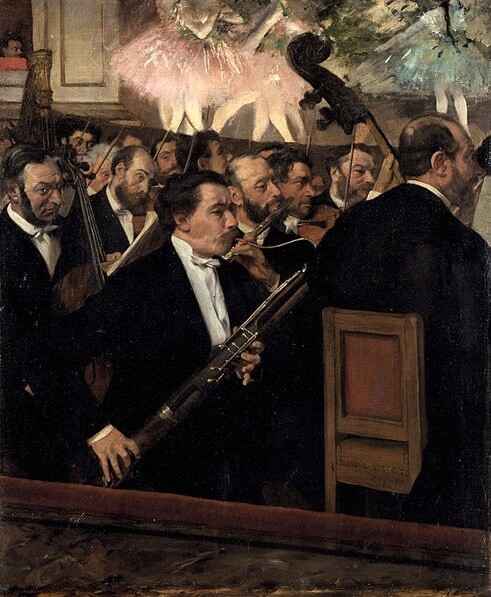 Whimsical Woodwinds and Boisterous Brass
Woodwinds and Brass
Whimsical Woodwinds and Boisterous Brass
Woodwinds and Brass

 Whimsical Woodwinds and Boisterous Brass
Woodwinds and Brass
Whimsical Woodwinds and Boisterous Brass
Woodwinds and Brass

Study the musical selection for one week.
Over the week:
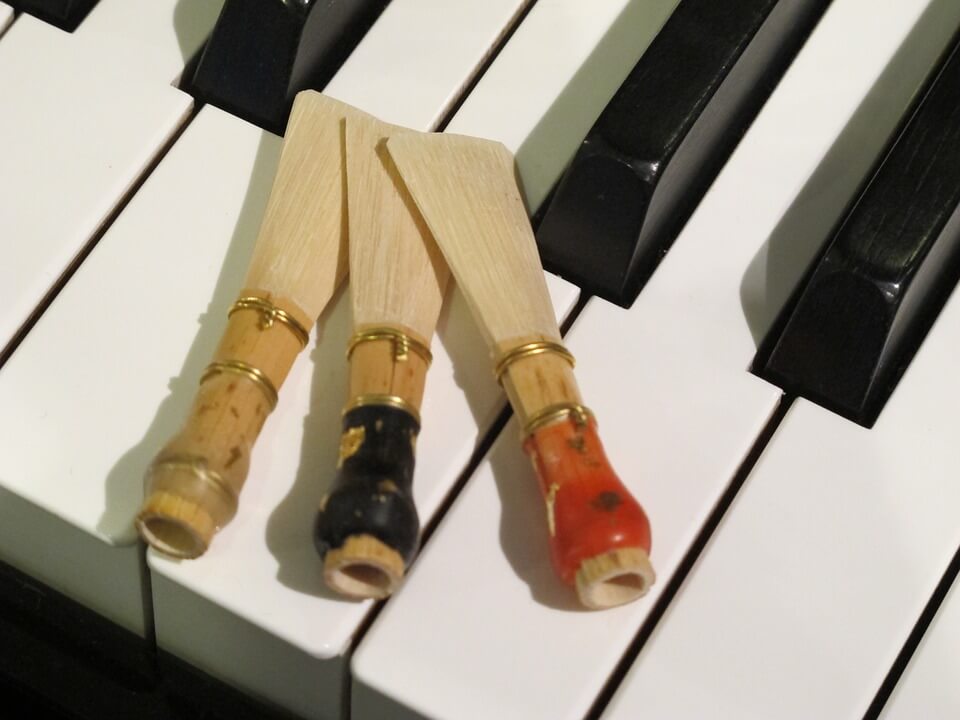
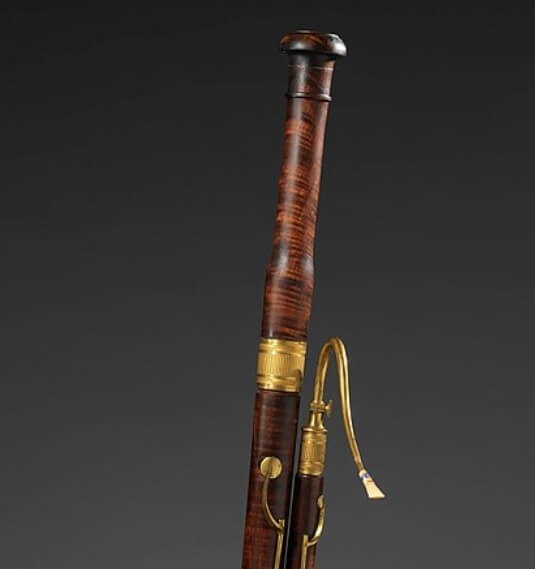
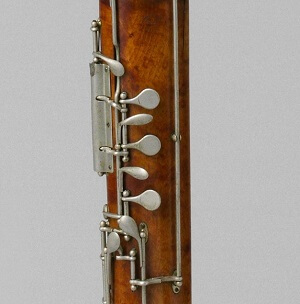
Activity 1: Review the Parts of a Bassoon
Review the parts on the labeled picture of the bassoon.
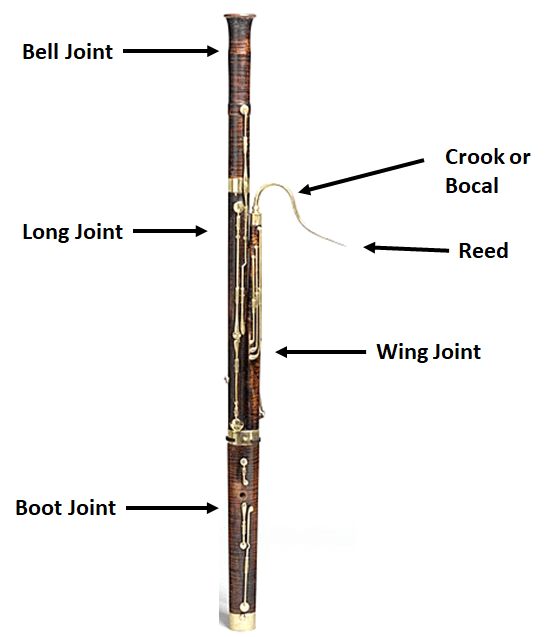
Activity 2: Review How to Hold and Play a Bassoon
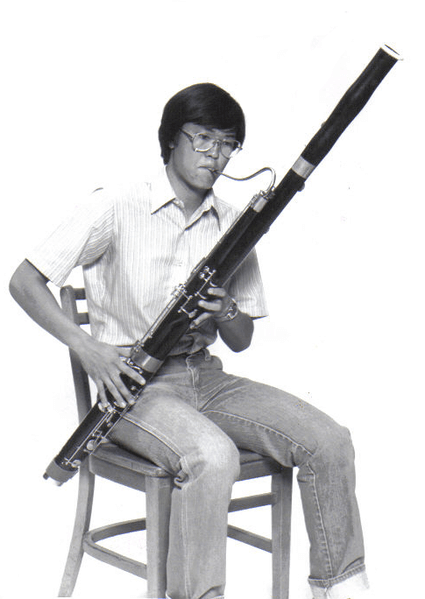
Activity 3: Quiz Yourself: Identify Bassoon Parts
Quiz yourself, and identify the following parts from memory on the bassoon diagram:
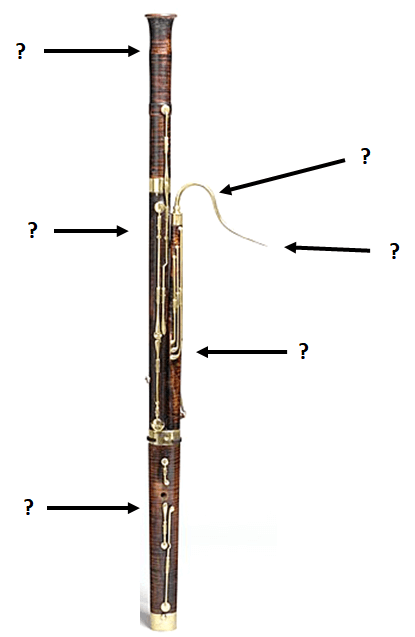
Activity 4: Can You Find It?
Study the lesson image, 'The Orchestra at the Opera,' by Edgar Degas, and find the following:
